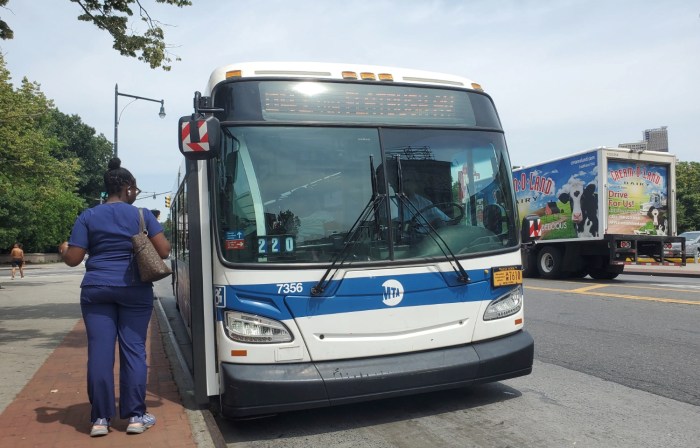Courts have watered down Election Law residency requirements so much they’re almost a joke. But no one should be laughing.
In the hotly contested race for the open Northeast Queens City Council seat vacated by Tony Avella, it has been revealed that the first time Democrat candidate Kevin Kim ever voted in the district he’s running in was last month, for himself, and that he had just moved to his Bayside-based district from Flushing earlier this year.
While what Kim did is legal, it does not make it right. In fact, the law only requires that City Council candidates be residents of their districts by Election Day itself. Kim could still be living in Flushing now and have waited another two weeks until November 3 to move to Bayside and it would have been fine.
Though this seems like an easy requirement, Councilmember Mathieu Eugene failed to move into his Brooklyn district in time for the special election he won in 2007. The results were voided and a new election was held, where Eugene was elected (or re-elected, as it were).
Our elected representatives should actually live in the district where those who vote for them reside, and not only for a day. It is just common sense. Having a home there for an extended period establishes a bond and familiarity with the people and issues of the district, which is crucial to effective representation.
Hence, the controversy this summer when it was reported that Assemblymember Ann Margaret Carrozza had moved out of her Bayside home and into a mansion on Long Island’s Gold Coast. Carrozza says she has since moved back to Bayside.
Nevertheless, compliance with the letter of the law does not make any substantive difference. Politicians playing fast and loose with residency requirements and district shopping show a lack of respect for the voters – and a lack of commitment to the neighborhoods they hope to represent.
If you want to occupy a position of power and prominence and hold the public trust, establish roots in the community, live and work alongside your constituents, and if you get elected, don’t move away from them.
However, case law has further weakened residency requirements. In fact, New York State Supreme Court’s Appellate Division ruled, in Isabella v. Hotaling, that a person could have two residences and choose one for election purposes, provided he or she has “legitimate, significant and continuing attachments” to that residence. As per People v O’Hara, all one has to do is “manifest an intent, coupled with physical presence, without any aura of sham.”
The law should be changed. Candidates for City Council should have to reside in their districts at least a year before the election. This is currently the requirement for State Senate and Assembly candidates.
Sure, someone can have more than one residence, but home is where the heart is. For candidates and office holders, make it in the district you represent.
Daniel Egers is on the staff of Mike Bloomberg’s campaign, Executive Director of the Queens County Republican Party, a Trustee of the Bayside Historical Society and President of the Friends of Oakland Lake, among other affiliations. The views expressed in this column are his own.



































